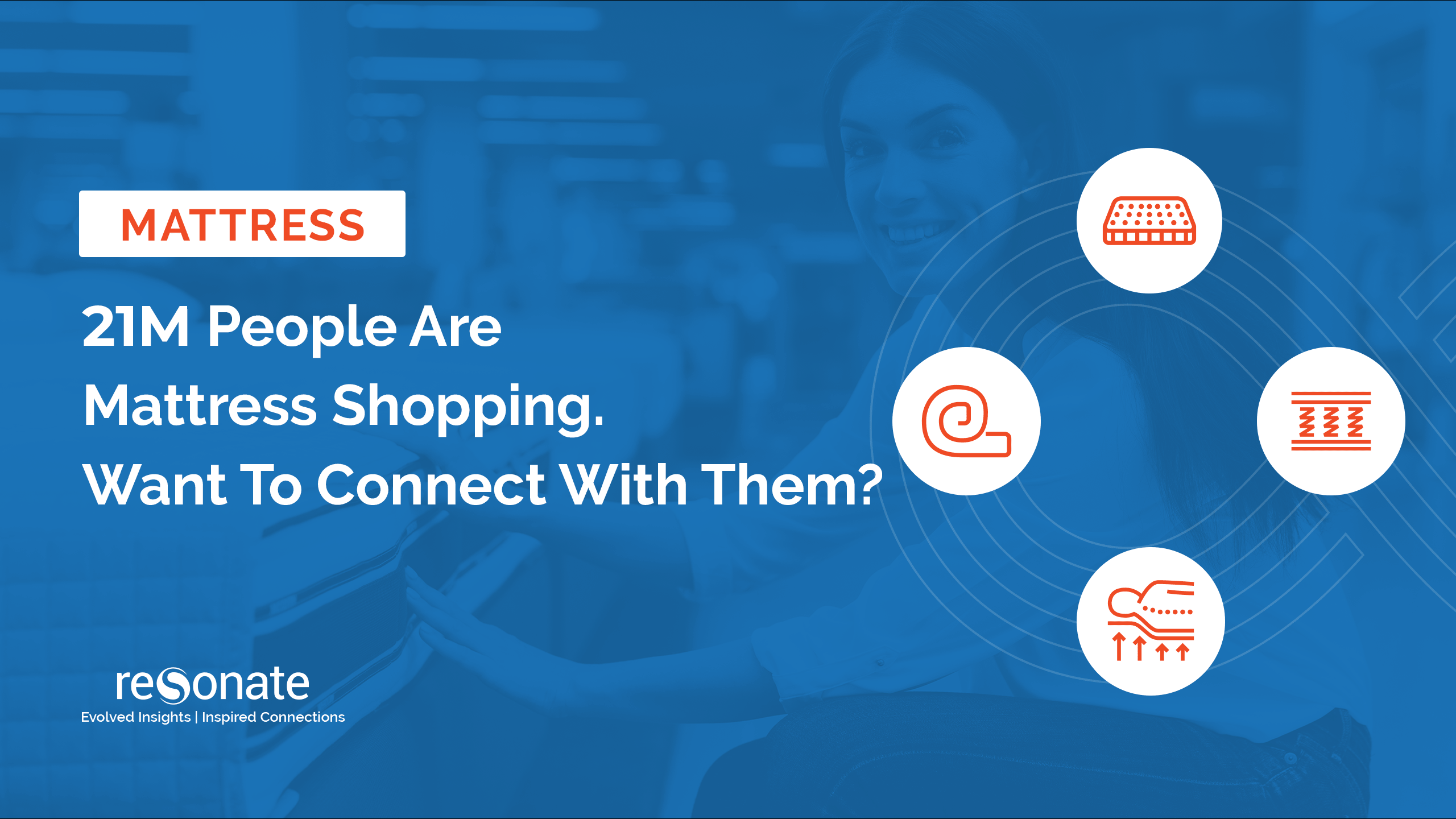The way people shop is changing and nowhere is it more evident than in the mattress business. Mattress Firm recently declared bankruptcy to get out of leases that were no longer tenable and will close as many as 700 stores before year-end. At the same time, Casper, a direct-to-consumer mattress company founded in 2014, posted over $300 million in revenue in 2017 and has plans to open hundreds of brick and mortar stores.
Over 100 mattress startups have launched and grown quickly in the past several years, replicating first movers like Tuft & Needle and Casper’s bed-in-a-box concept. They understood something was broken in the mattress business and were able to solve several customer pain points. But the industry has become incredibly crowded, and it’s time for mattress brands and retailers to figure out the next wave of mattress buying and product innovation. Nearly 21 million people plan to buy a mattress in the next six months, so the market opportunity is gigantic.
THE DISRUPTORS
Upstarts like Casper, Leesa and Purple entered a market where consumers were tired of the mattress-buying process. Advertised sale prices are often a lure to get a shopper in the store and then they face a hard sell by salespeople incentivized to unload the most expensive products. Deliveries are slow and costly and return policies are rigid or non-existent. Some consumers were stuck for 8-10 years with a mattress they don’t love.
The upstarts introduced a bed-in-a-box business model in the last five years where they developed their own mattresses and pillows. Purchases are made online, shoppers rely on genuine customer reviews, pricing is transparent and lower, shipping is free and returns are hassle-free.
Consumers were thrilled as the headaches of buying a mattress were erased. It showed in the financials as well. Many of these new players are posting tremendous growth numbers, and traditional players like Mattress Firm are scrambling. These bed-in-a-box retailers understand a fundamental need of consumers and have been quick to capitalize on that need.
Given the low barriers to entry, many new players have entered the market. Just a few years ago, there were only a handful of bed-in-a-box companies. Today that number is over 100. Each new bed-in-a-box option seems to come equipped with thousands of five-star reviews, free shipping, the best foam and a free trial. Behind the scenes, all these operations come fully equipped with an easy-to-use website and accounts for Facebook Business and Google Ads.
Unfortunately, launching your site and paying bloggers affiliate fees isn’t enough anymore. The industry has become crowded, and the large number of entrants are bidding the relevant search terms higher and higher. The initial customer pain points have been solved and are no longer differentiators. Even Mattress Firm has adopted some of the tactics of the newer players.
Casper is now branching out from its ecommerce roots by opening 200 stores to reach the 86% of consumers who aren’t comfortable buying a mattress online.
NEXT STEPS
So what should traditional retailers and bed-in-a-box brands rely on to engage and convert 21 million people who are being hit from every angle?
The key to winning customers in this type of business , where purchases are made as seldom as once a decade is having a fundamental understanding of who these consumers are, what they want, when they want it and WHY. What types of insights drive engagement? There are many questions to answer:
1. Why are they buying a mattress?
- Discomfort sleeping?
- Are they moving?
- Buying a house/condo?
2. What’s their plan?
- Where and when did they buy their last mattress?
- Where do they plan to purchase their next mattress?
- What influences their decisions?
3. How should you engage with them?
- Do they care that you’re environmentally friendly or that your products are priced fairly?
- Is it more important that your mattress is innovative or durable?
- How can you create an emotional connection with your brand?
Combining these insights will create a holistic view of your customers and prospects and lead to a better understanding of the best strategy, messaging, creative and channels to engage and convert more of these customers than your competitors.
The final piece of the puzzle is making sure all the information is fresh. There is nothing worse than wasting money trying to engage someone who already purchased their mattress and has no intention of returning it. Mattress shoppers are in market for a short period of time, and their preferences change often. Marketers need to understand these dynamics and be able to monitor changes quickly, so a strategy can be optimized as consumers change their preferences.
If you’re an online or brick and mortar mattress or furniture retailer, the only way to keep your brand from losing to the newest disruptor is by having a deep consumer understanding of who is in market, why they’re in market, where they shop, why they shop there and how you should engage with them. This deep consumer understanding also helps establish a long-term emotional bond for customer retention and loyalty.
Want to see Resonate’s consumer insights in action? We’d be happy to show you more.
Learn more about creating loyalty in Resonate’s Marketers’ Guide: How Deep Consumer Insights Improve Loyalty Program Performance.
Categorized as: Blog Page, Consumer Insights, Brand


